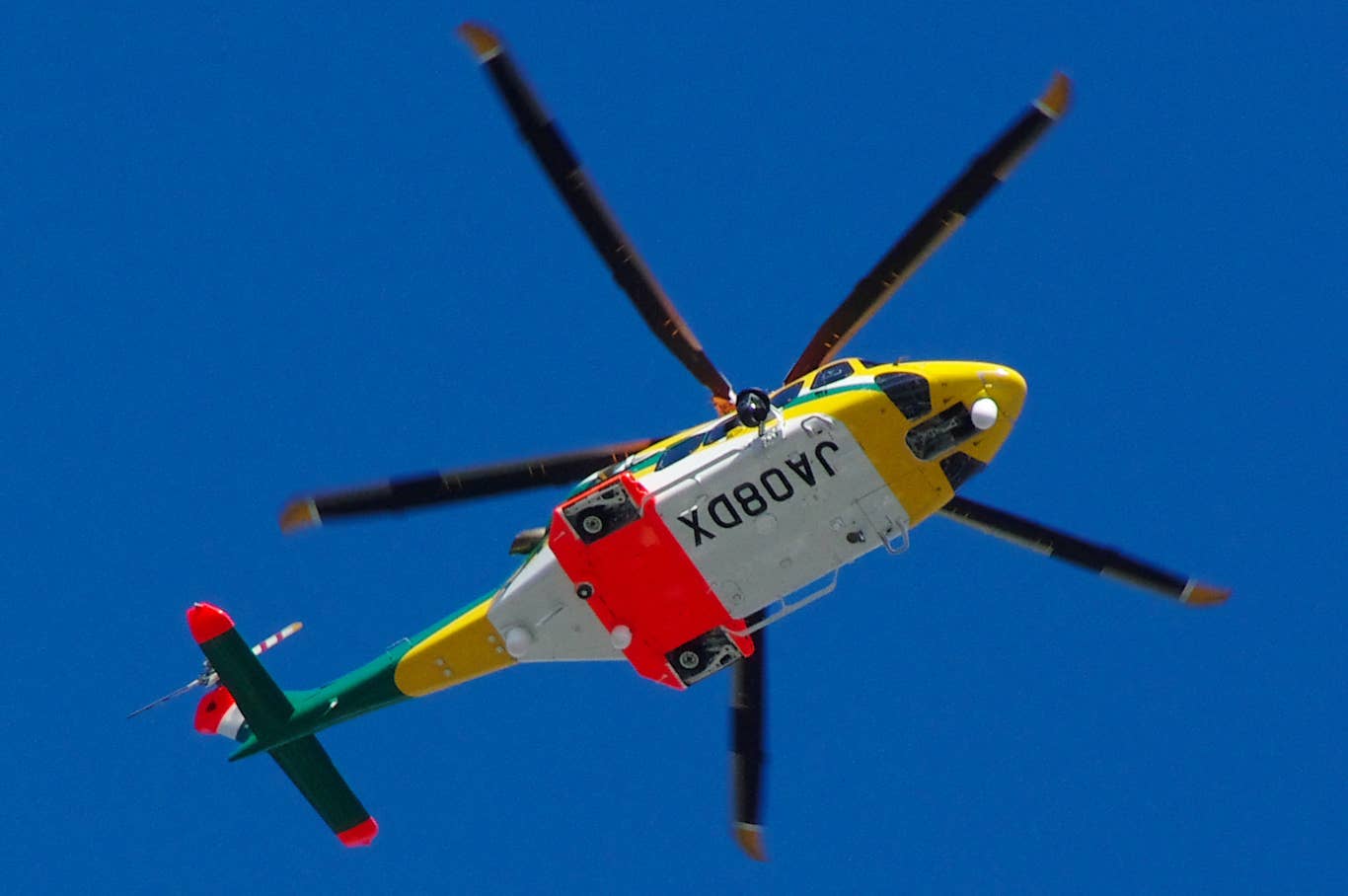
The report illuminates the utilization and market impact of medium-twin helicopters like the Leonardo AW139. Wikimedia
Following the Helicopter Association International’s Heli-Expo on January 27 to 30, 2020, in Anaheim, California, Honeywell has released its latest Helicopter Purchase Outlook, in which operators are interviewed for their projected buying plans over the next 1 to 5 years. The survey, which collects information from more than 1,000 operators worldwide, is in its 22nd year.
The survey results indicate an estimated 4,100 new helicopter deliveries from 2020 to 2024, with fleet replacement and expansion slightly lower overall, with lower expectations in North America balanced by higher ones in Europe and Latin America. North America’s rate has slipped from 40 percent to 29 percent, showing conservative thinking in the market even as new platforms such as the Bell 525 arrive on the scene—the 525 will enter its third and fourth years of full production during the near-term forecast period. The Middle East and Africa have indicated the lowest rate of all, with a 5-year fleet replacement and expansion rate pegged at 5 percent.
Just more than half of the purchases (51 percent) can be placed in the near term, 2020 to 2022, with an average of 795 new turbine-powered ships added each year. Utilization has increased, however, up by 12 percent from 2018 as compared to 2019, with more upward movement predicted for 2020. This development is true for the EU as well as North America.
Brand loyalty remains key among those surveyed. Gaeten Handfield emphasized this in an interview with Flying. “Brand is why they are buying the next model—brand loyalty is critical when it comes to future purchases,” with 88 percent of those surveyed noting that as a primary driver for their selection.
Areas that have seen a drop in utilization have been law enforcement, and oil- and gas-industry operators. There’s an explanation for the latter, as Handfield explains. “We don’t interview big fleet operators like NetJets, etcetera—because they have a big impact on numbers.” Since the oil and gas industries tend to use large operators for a number of reasons, they tend not to be reflected in the survey as widely as other segments.

Subscribe to Our Newsletter
Get the latest FLYING stories delivered directly to your inbox






